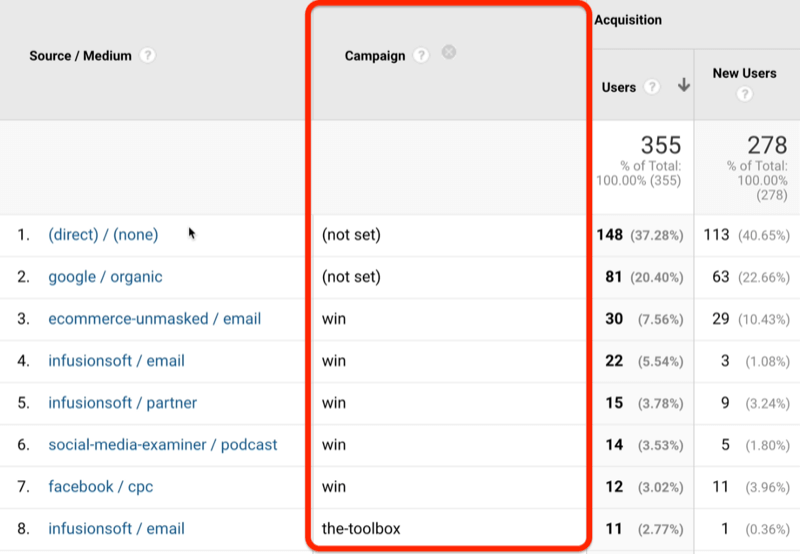Comprehending the Concept of a 'Secondary Dimension' in Google Analytics: What Does It Mean?
Comprehending the Concept of a 'Secondary Dimension' in Google Analytics: What Does It Mean?
Blog Article
Revealing the Intricacies of Secondary Dimension in Google Analytics: a Comprehensive Guide on Just How It Works
Browsing the intricate world of additional dimensions in Google Analytics is a task that needs an eager understanding of just how this attribute operates within the platform. As electronic landscapes develop and data comes to be progressively important for decision-making, grasping the nuances of secondary measurements can be the secret to unlocking useful insights.
Basics of Secondary Dimension in Google Analytics
When analyzing information in Google Analytics, utilizing the second dimension function provides useful insights right into the performance of various metrics. The secondary measurement permits individuals to even more study their data by including an extra layer of details to their primary measurements. By doing so, analysts can obtain a more thorough understanding of the elements affecting their internet site's performance.
In Google Analytics, the main measurements represent the main groups of information, such as website traffic sources or tools. When a secondary measurement is used, it gives a much deeper degree of granularity by showing another facet of the data within the chosen main dimension. As an example, if the primary dimension is 'Web traffic Resource,' including a second dimension like 'Touchdown Page' can expose which specific pages are driving traffic from each resource.
This feature is specifically beneficial for determining patterns, connections, and trends that may not be promptly evident when checking out the information from a single dimension. By leveraging the second measurement in Google Analytics, individuals can discover important understandings that can educate critical decisions and optimizations to enhance web site performance.
Establishing Up Secondary Measurement Reports
Increasing on the understandings got through the use of second measurements in Google Analytics, the process of establishing up secondary measurement reports includes configuring added layers of data to additionally boost the depth of analysis. Once the main record is chosen, users can click on the "Additional dimension" tab located over the data visualization location. From there, a drop-down menu will appear, offering a plethora of alternatives to choose the second dimension that ideal matches the key data set.
Leveraging Additional Dimensions for Insights
Utilizing secondary dimensions in Google Analytics provides a strategic method to drawing out nuanced insights for educated decision-making in on-line company optimization. By incorporating primary dimensions with secondary dimensions, businesses can dig much deeper right into their data to reveal important relationships and patterns that might not be immediately noticeable. By segmenting web site traffic by geographical location (main dimension) and after that including a second measurement like device classification, businesses can determine if specific areas choose accessing the website by means of mobile or desktop computer.
Furthermore, leveraging additional dimensions allows companies to get a far better understanding of individual actions and preferences. Evaluating conversion prices based on traffic resources (main measurement) along with the second measurement of landing pages can expose which particular pages are most reliable in driving conversions for natural search website traffic versus social media website traffic. These insights can then notify advertising and marketing methods and web site optimization initiatives to improve total efficiency and optimize ROI.
Advanced Techniques for Additional Measurements
To even more remove complex insights and improve data-driven decision-making within Google Analytics, implementing advanced methods for using secondary dimensions is necessary in opening much deeper layers of useful information for company optimization. One innovative method is making use of personalized dimensions and metrics, enabling the monitoring of specific individual communications or habits that are not recorded by default in Google Analytics. By defining and executing customized dimensions, services can customize their monitoring to straighten with special organization objectives and purposes.
Another sophisticated technique involves using filters in combination with secondary measurements. Filters make it possible for individuals to fine-tune the data presented in Google Analytics reports, offering more targeted and relevant insights. By using filters tactically with secondary measurements, businesses can sector data extra efficiently, leading to a more clear understanding of individual habits and efficiency metrics.

Optimizing Data Analysis With Secondary Measurements

In addition, enhancing information analysis with secondary measurements involves try out different combinations to identify patterns and correlations that might not be right away apparent. This iterative strategy enables analysts to fine-tune their reporting and concentrate on one of the most relevant information points for their organization purposes. Eventually, by leveraging secondary measurements efficiently, experts can boost the precision and efficiency of their information evaluation efforts in Google Analytics.
Verdict
Finally, comprehending the ins and outs of additional dimensions in Google Analytics is crucial for gaining much deeper understandings into internet site efficiency. By establishing up additional measurement records, leveraging them for understandings, and using sophisticated methods, experts can enhance data evaluation and make notified decisions. This detailed guide has supplied an in-depth summary of just how additional dimensions job and their value in boosting the analytical capabilities of Google Analytics users.
The secondary measurement enables users to additionally study their information by adding an additional layer of info to their main dimensions. When a second dimension is check my blog used, it gives a much deeper degree of granularity by revealing one more element of the information within the selected primary dimension.Broadening on the insights obtained via the utilization of second dimensions in Google Analytics, the process of establishing up secondary measurement reports includes setting up extra layers of data to additionally enhance the deepness of analysis. By integrating primary measurements with secondary measurements, businesses can dive much deeper right into their data to uncover useful relationships and patterns that may not be promptly apparent. One means to maximize data analysis with second measurements is to incorporate them with key measurements to get a more detailed view of internet site performance.
Report this page